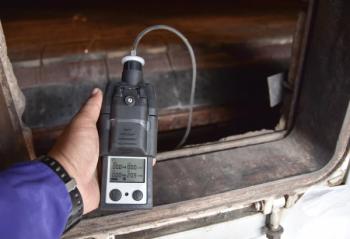
MIT Researchers Detect Tellerium for the First Time in Ancient Stars
A team of researchers from institutions including the Massachusetts Institute of Technology (MIT, Cambridge, Massachusetts) has detected the element tellurium for the first time in three ancient stars.
A team of researchers from institutions including the Massachusetts Institute of Technology (MIT, Cambridge, Massachusetts) has detected the element tellurium for the first time in three ancient stars. The researchers found traces of the brittle, semiconducting element—which is very rare on Earth—in stars that are nearly 12 billion years old. The finding supports the theory that tellurium, along with even heavier elements in the periodic table, likely originated from a very rare type of supernova during a rapid process of nuclear fusion. The researchers published their findings online in Astrophysical Journal Letters.
Anna Frebel, assistant professor of astrophysics at MIT and co-author on the paper said “We want to understand the evolution of tellurium—and by extension any other element—from the Big Bang to today” in a statement published on MIT’s website. “Here on Earth, everything’s made from carbon and various other elements, and we want to understand how tellurium on Earth came about.”
The team analyzed the chemical composition of three bight stars located a few thousand light-years away, “in the halo of the Milky Way,” Frebel said. The researchers looked at data obtained from the Hubble space telescope’s spectrograph and detected dips in the ultraviolet region of the spectrum—at a wavelength that matched tellurium’s natural light absorption—providing evidence that the rare Earth element does indeed exist in space, and was likely created more than 12 billion years ago, at the time when all three stars formed.
Newsletter
Get essential updates on the latest spectroscopy technologies, regulatory standards, and best practices—subscribe today to Spectroscopy.





